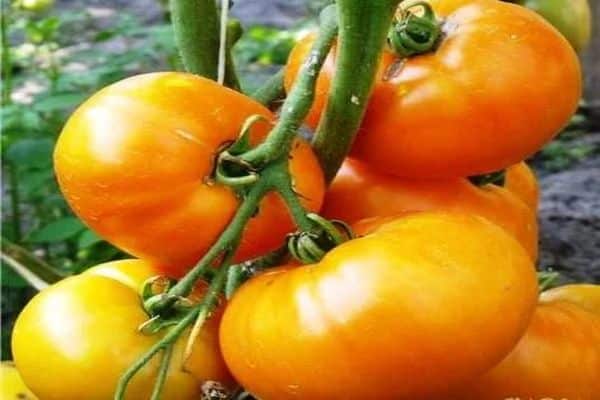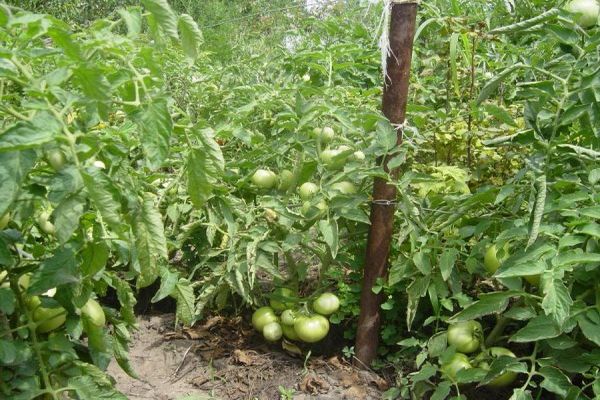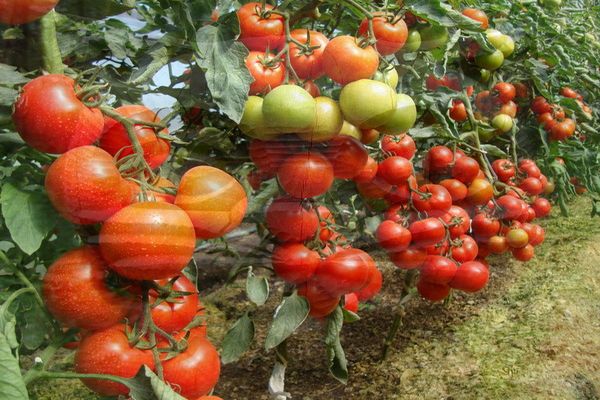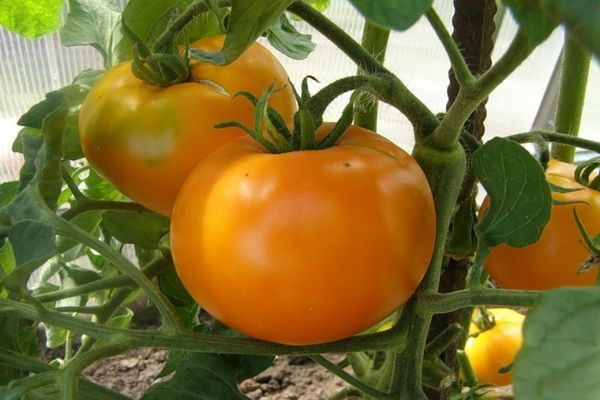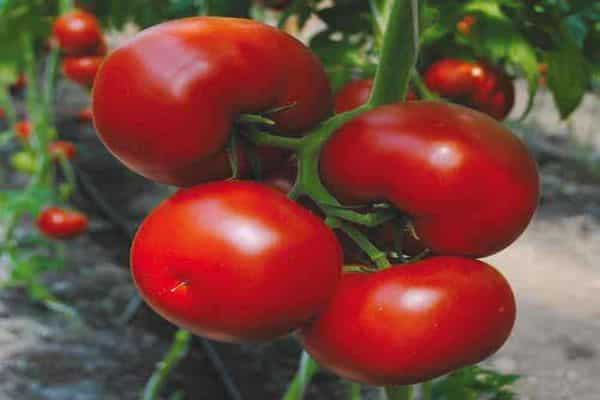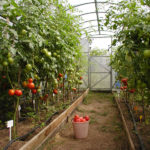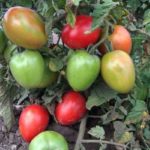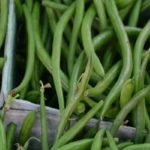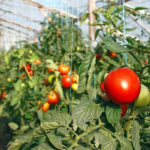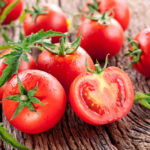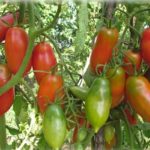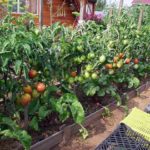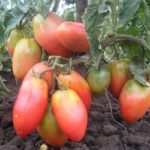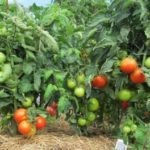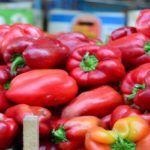Vegetable gardening is a kind of sport, the participants of which strive for new achievements in the quality and quantity of the harvest. They have breeders as assistants, offering new and interesting varieties with improved characteristics - one of these new products is the Marissa tomato variety.
Description of the variety
The Marissa tomato has the designation F1, which indicates its hybrid origin and the impossibility of obtaining seeds from a grown plant: during the second generation, the characteristics are split, and plants with completely different characteristics appear. Due to their hybridity, this variety of tomatoes has unique properties that make them valuable for breeding.
The Marissa tomato bush is tall, with an average amount of foliage and a well-developed root system. It is recommended to tie the plant and take stepson. Tomatoes are early ripening - from the moment the seeds germinate until the first harvest is harvested, 70 - 75 days pass.
The Marissa variety is suitable for cultivation in open ground in regions with relatively warm summers: Southern Russia, Ukraine, Moldova. In colder areas, it is preferable to grow the variety in a greenhouse.
The use of heated glass greenhouses allows you to extend the fruiting period of this tomato variety or obtain earlier seedlings.
The fruits of the Marissa F1 tomato are arranged loosely on the hand, 3 to 5 pieces each. The shape of the tomato is round, slightly flattened at the bottom. The average weight is 150 – 170 grams, the color at the ripening stage is red. Inside the fruit there are 4 - 6 chambers with dense fleshy walls, between which there are seeds and juice. Up to 4.5 kilograms of crop can be harvested from one tomato bush.
The characteristics of the variety indicate the presence of a characteristic, rich, slightly sour taste. The fruits can be used both fresh and in various processing options: in salads, tomato paste, juices and purees, for pickling. Good keeping quality makes it easy to transport tomatoes and store them in the autumn.
In addition to its excellent taste, the advantage of the variety is its resistance to many diseases and pests of tomatoes:
- cladosporiosis;
- Alternaria stem cancer;
- root rot;
- tobacco leaf mosaic virus;
- fusarium and verticillium wilt;
- tracheomycosis wilt, etc.
Tomato growing conditions
Tomatoes of the Marissa variety require free space between the bushes, so they are planted in the ground at the rate of 5 - 6 bushes per square meter.
The best growing method is to sow the seeds in pots in early spring. The seeds of the variety are sown in warm, prepared soil (peat-sand compost) and planted to a shallow depth, watered with settled water. Then the box must be covered with film and left in a warm place. After a few days, the first shoots appear, then the film can be removed and the plants can be exposed to sunlight, but avoid direct sunlight.
After a couple of weeks, the seedlings are transplanted and planted. During the period of growing seedlings, it is important to provide them with good lighting by rearranging and rotating the boxes.
Before planting in open ground, tomatoes begin to harden, gradually lowering the temperature. This can be done by placing the plants in a greenhouse or placing the boxes outside, but it is important to avoid overcooling.
Plants of the Marissa variety are planted in disinfected, fertilized soil so that the stem is not covered. Good predecessors for tomatoes are cucumbers, cauliflower, zucchini, dill, carrots, parsley, which do not suffer from tomato diseases. After a week, the tomatoes are tied up and, if necessary, planted. It is especially important to do this when increased vegetative development occurs in the form of:
- dense pubescence of stems;
- poor fruit set;
- small number of tomatoes per plant;
- too long and uneven flower brushes;
- the appearance of leaves and side shoots at the top of the brush.
The Marissa tomato variety is self-pollinating; this occurs most actively at 25 degrees and 65 percent humidity. In greenhouse conditions, summer residents have to optimize this process using vibration or hormonal drugs.
The plant must be watered regularly, in small portions; the ideal option is drip irrigation. During irrigation, the content of soil nutrients is greatly reduced, so they must be added periodically.
Plants of the variety are fertilized several times during the summer: when preparing the soil, then during the flowering period, and always during fruiting. The main elements consumed are phosphorus, nitrogen and potassium, microelements are also necessary, so it is better to use complex fertilizers. Don’t forget about organic matter, which is added to the soil before planting.
Another important component of tomato care is fluffing, which is recommended to be done once every two to three weeks. Fluffing will enrich the soil with oxygen and eliminate stagnant moisture, which is harmful to tomatoes.
Harvesting begins in June and continues throughout the entire fruiting period. Cutting ripe fruits from the bunch helps the rest of the tomatoes to develop and get greater yields.
Reviews of the Marissa variety
Vitaly M., Krasnodar: “I saw a description of the Marissa variety on one of the gardening sites and decided to try to grow it. I planted an experimental bed and was overall pleased. The fruits are small and the yield is average, but due to their good shelf life I was able to send them to relatives in another city. Several days on the road did not affect the taste of the tomatoes. And we ourselves enjoyed preparing salads and other dishes with this variety - everyone liked the pleasant taste and dense pulp.”
Angelina V., Tyumen: “We can only grow tomatoes in greenhouses: summer is too short, and during these few warm days the plant will not have time to bloom and bear fruit.Therefore, I usually choose varieties that are suitable for greenhouse cultivation, including those that are disease resistant. In this regard, the Marissa tomato variety suited me quite well. There were no problems with additional processing of the bushes, the harvest was good, the fruits were tasty. The only drawback is the need to tie it up and take stepson; after all, the plant is large.
But with timely pruning of the leaves, Marissa forms a sufficient number of brushes, and the bush becomes compact.”
Evgenia R., Syktyvkar: “I heard good reviews about the Marissa tomato variety from friends, so I tried to plant it. For myself, I came to the following conclusion: advantages - disease resistance, good shelf life and pleasant taste; disadvantages - additional care in the form of gartering and pruning, demanding temperatures, relatively low yield. I have many varieties that produce much more and larger fruits. However, I decided to leave this variety for now in order to grow tomatoes for pickling and storage. If you remove it in the fall, you’ll be able to enjoy fresh tomatoes all through November.”

